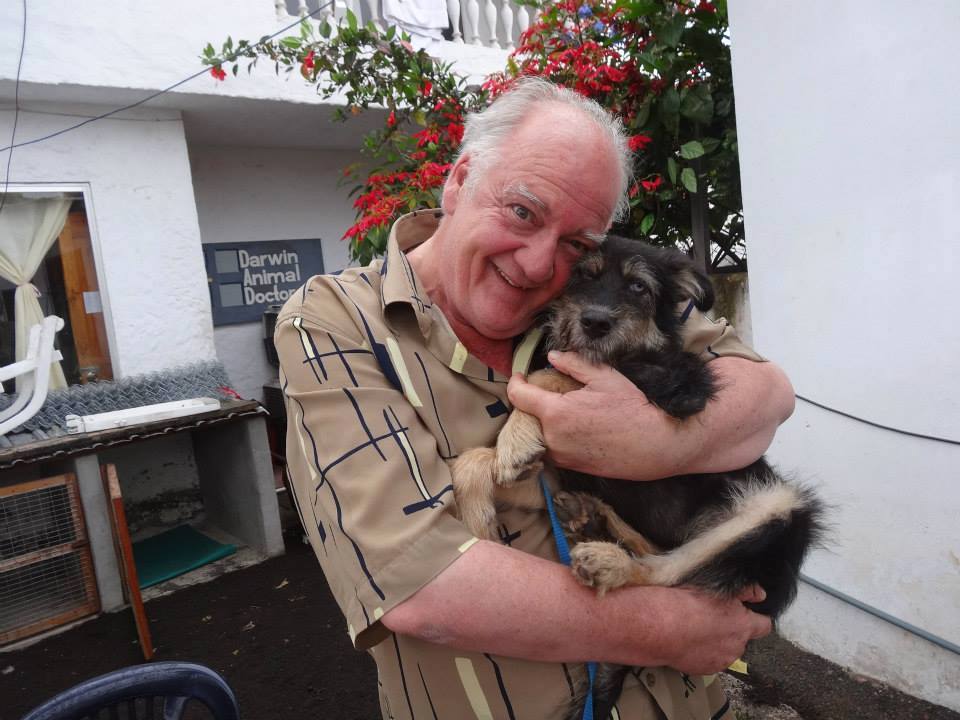Humane Education in Thailand
Koh Tao, Thailand
Early this month, the Thailand team put down their scrubs and surgery kits and picked up some books, lesson plans and games and headed down to the local elementary school. The team had a big task that day; for some, a task more daunting than surgery. The Koh Tao school is the only local school on the island, and is comprised of approximately 300 children. The Doctors were there that day to ensure that every child at the school received an age-appropriate Humane Education lesson. Back in the US, Darwin Animal Doctors’ Humane Education Coordinator had been working hard to ensure that the team would have all the tools they needed to have the day run successfully, from lesson plans to games, books and take-home information.



For the Doctors to be able to visit each age group, and to have enough time to deliver a full set of classes, the school divided the students into four groups, where the team would have 90 minutes with each age group. By the end of the day, the team had worked with children ranging from 3 to 15 years old. Depending on the age group, the children were given different lessons to help understand how to best care for the animals and environment around them.


The children played games which taught them to identify and understand the difference between wild and domesticated animals, and the different ways that we need to interact with and care for them. They played other games that aimed to teach children which foods are safe and unsafe for their pets, as well games which taught children different animal names in English. With older children, they also played animal care focused trivia games where the students were taught and ‘tested’ on a wide variety of aspects of pet and general animal care as well as aspects of environmental care. Kids were also given talks on what it means to be a vet, and given vet related games for the school to keep for the children to be able to use on a regular basis. All students at the school were also given a colouring book and information pamphlet which outlines what your pet needs to be happy and healthy, with a strong emphasis on sterilization.



After a long day, the team of Doctors left the school tired, but feeling very positive about all the information they were able to share with the students. The children all had a great day, full of games and excitement, and left with a much better understanding of how to best care for the animals and environment around them.


A huge thank you to Dr. Carmen, Dr. Kate, Lisa, Antoine, Rebecca and Katheryn who put in a huge effort that day to ensure each child on Koh Tao had a fun and entertaining education filled day.



Help us spread Humane Education world-wide. Become a monthly donor today.






































